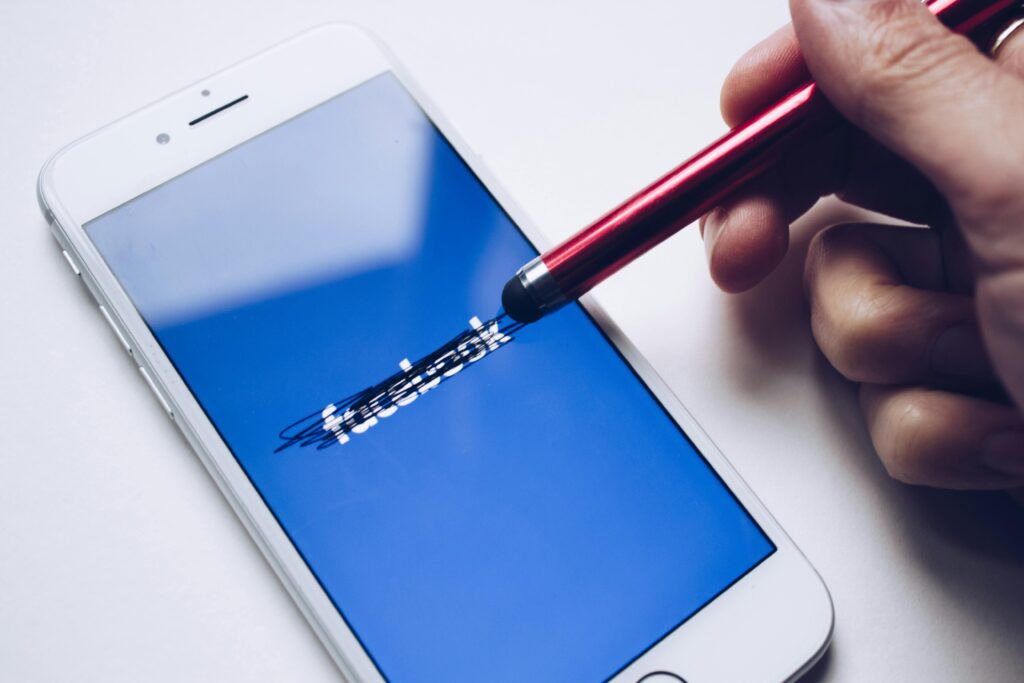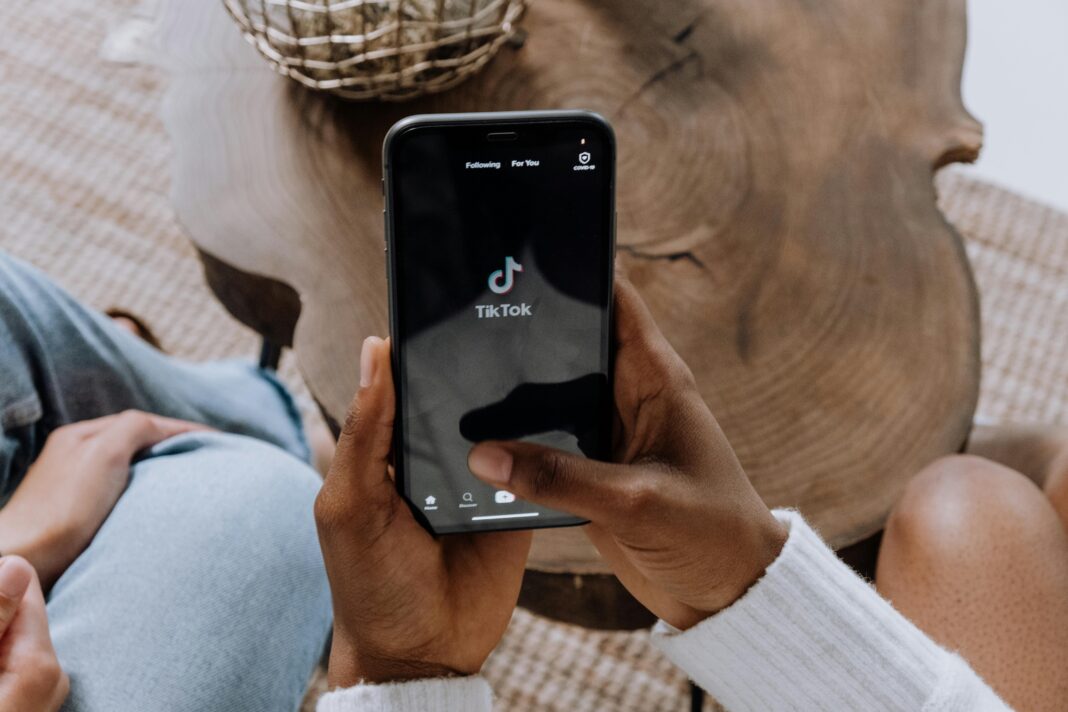Social media has transformed how apps gain visibility, acquire users, and retain them long-term. Unlike traditional marketing, social platforms allow direct engagement with potential users, real-time feedback, and organic sharing—making them indispensable for app growth. However, success doesn’t come from random posts or sporadic ads. It requires a structured approach, tailored content, and continuous optimization.

This guide will walk you through every step of leveraging social media for app growth, from selecting the right platforms to running high-converting ad campaigns. Whether you’re launching a new app or scaling an existing one, these strategies will help you maximize downloads, engagement, and retention.
1. Why Social Media is Essential for App Growth
Social media isn’t just an optional marketing channel—it’s a necessity. Here’s why:
1.1. Massive User Base
- Over 4.9 billion people use social media worldwide (Statista, 2024).
- Platforms like Facebook, Instagram, and TikTok have billions of active users, providing unparalleled reach.
1.2. Cost-Effective User Acquisition
- Compared to traditional ads, social media offers lower cost-per-install (CPI).
- Organic strategies (like influencer collaborations and viral content) can drive growth without heavy ad spend.
1.3. Direct User Engagement
- Unlike TV or billboard ads, social media allows two-way communication.
- Users can comment, share, and ask questions—building trust before they even download.
1.4. Viral Potential
- A single trending post or challenge can lead to thousands of organic installs.
- Apps like TikTok, Instagram Reels, and YouTube Shorts thrive on shareable content.
1.5. Data-Driven Optimization
- Social platforms provide detailed analytics (engagement rates, click-through rates, demographics).
- This data helps refine targeting and improve conversion rates over time.
2. Choosing the Right Social Media Platform
Not all platforms work equally well for every app. Your choice should depend on:
- Your target audience’s demographics
- The type of content that best showcases your app
- Where competitors in your niche are most active
Here’s a breakdown of the best platforms for app growth:
2.1. Facebook
✔ Best for: Broad audience targeting, community building, paid ads.
✔ Ideal Apps: E-commerce, gaming, lifestyle, productivity.
✔ Key Strategies:
- Facebook Groups – Create a community around your app.
- Lead Ads – Directly promote app installs.
- Live Demos – Showcase features in real-time.
2.2. Instagram
✔ Best for: Visually-driven apps (fitness, fashion, food, travel).
✔ Ideal Content: Reels, Stories, carousel posts.
✔ Key Strategies:
- Swipe-Up Links (for verified accounts) – Direct traffic to app stores.
- Influencer Takeovers – Let influencers demo your app live.
- Hashtag Challenges – Encourage UGC with branded hashtags.
2.3. TikTok
✔ Best for: Viral growth, Gen Z & millennial audiences.
✔ Ideal Apps: Entertainment, gaming, fitness, AR filters.
✔ Key Strategies:
- Trending Sounds & Challenges – Ride viral trends.
- Duet/Stitch Features – Engage with popular creators.
- Spark Ads – Boost top-performing organic posts.
2.4. Twitter (X)
✔ Best for: Real-time engagement, customer support, news apps.
✔ Key Strategies:
- Threaded App Walkthroughs – Explain features in a tweet thread.
- Poll-Based Engagement – Ask users what features they want next.
- Trending Hashtags – Join relevant conversations.
2.5. LinkedIn
✔ Best for: B2B apps, SaaS, professional tools.
✔ Key Strategies:
- Long-form Articles – Share app use cases.
- LinkedIn Ads – Target professionals by job title.
- Testimonials from Industry Leaders – Build credibility.
2.6. YouTube
✔ Best for: Tutorials, in-depth demos, app reviews.
✔ Key Strategies:
- How-To Videos – Show step-by-step app usage.
- Collaborations with Tech YouTubers – Get featured in app review videos.
- YouTube Shorts – Repurpose TikTok-style clips.
3. Optimizing Social Profiles for Maximum Conversions
Before posting, ensure your profiles are fully optimized to drive app installs.
3.1. Profile Name & Bio
- Include your app’s name and a clear CTA (e.g., “Download [App Name] now!”).
- Use a trackable link (Bit.ly, Linktree) to measure traffic sources.
3.2. Visual Branding
- Use high-quality app icons and cover images.
- Maintain consistent colors and fonts across all platforms.
3.3. Pinned Posts
- Feature your best-performing content (demo videos, testimonials, download incentives).
3.4. Link Placement Strategies
- Instagram: Use “Link in Bio” tools.
- TikTok: Add a clickable link in your bio (only for Business accounts).
- Twitter: Pin a tweet with the app store link.
4. Content Strategies That Drive App Downloads
The right content mix keeps users engaged and encourages installs.
4.1. Demo Videos (Most Effective Format)
- Keep videos under 60 seconds.
- Showcase key features within the first 5 seconds.
- Add captions for silent viewers.
4.2. User Testimonials & Case Studies
- Feature real users (with permission).
- Highlight before/after results (e.g., “How [App] Helped Me Save 10 Hours a Week”).
4.3. Behind-the-Scenes Content
- Show app development updates.
- Introduce your team (humanizes the brand).
4.4. Interactive Posts (Polls, Q&A, Quizzes)
- “Which feature should we build next?”
- “Swipe left if you’ve tried [Competitor App], swipe right for [Your App].”
4.5. Contests & Giveaways
- “Download our app & tag 3 friends to win a premium subscription!”
- Require app installs for entry.
5. Paid Advertising Strategies for Faster Growth
Organic growth is powerful, but paid ads accelerate results.
5.1. Facebook & Instagram Ads
- Campaign Objective: App Installs.
- Audience Targeting:
- Lookalike audiences (based on existing users).
- Interest-based (e.g., “mobile gamers,” “fitness enthusiasts”).
- Ad Creatives:
- Video ads outperform images.
- Use bright colors and clear CTAs.
5.2. TikTok Ads
- Spark Ads – Boost organic posts.
- In-Feed Ads – 9-15 second skippable videos.
5.3. Retargeting Campaigns
- Target users who visited your website but didn’t download.
- Offer a limited-time discount.
6. Influencer & UGC Strategies
6.1. Micro-Influencer Collaborations
- Find influencers in your niche (use tools like Upfluence, AspireIQ).
- Offer free app access or affiliate commissions.
6.2. User-Generated Content (UGC)
- Encourage reviews with hashtags (#My[AppName]Experience).
- Repost customer content.
7. Measuring Success & Optimizing
Track these key metrics:
✅ Installation Rate (From social links).
✅ Engagement Rate (Likes, shares, comments).
✅ Retention Rate (Do users keep the app after 7 days?).
Tools to Use:
- Google Analytics (Traffic sources).
- Facebook Pixel (Ad performance).
- App Store Connect / Google Play Console (Download trends).
FAQs
Q: How much should I budget for social media ads?
A: Start with 10−10−50/day per platform, then scale based on ROI.
Q: How often should I post?
A: 3-5 times/week on Instagram/Facebook, 1-2/day on TikTok/Twitter.
Q: Can I grow an app without influencers?
A: Yes, but influencers speed up trust-building.
Final Thoughts
Social media is the most powerful tool for app growth—if used strategically. By selecting the right platforms, creating engaging content, running targeted ads, and leveraging influencers, you can drive consistent installs and long-term success.

